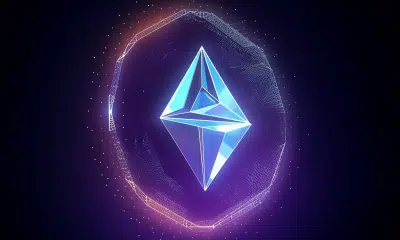Ethereum developer claims maintenance problems threaten Eth1.0 network

With Ethereum 2.0 Phase 0 scheduled to roll out by Q1 of 2020, there are still many obstacles that need to be addressed before a total switch to the new chain can happen. While the upgraded Ethereum chain may be usable, the 1.0 chain will still be in use until a full crossover is accomplished.
Earlier this year, at Devcon in Osaka, the Ethereum working group started a revitalized research effort to move Eth1.0 into an Eth2.0 execution environment. The goal of this new effort was to make it easier to query and access logs, transaction history, and tree databases, while keeping the 1.0 chain alive and healthy as development moved closer to Serenity.
Ethereum developer Piper Merriam recently published an article regarding the progress made since the conference, and obstacles they may face if certain maintenance problems such as growing state bloat, increasing sync times, and the declining popularity of running full nodes are not addressed.
Merriam expanded on how independent researcher and developer, Alexey Akhunov, had previously spent a lot of time attempting to tackle the state bloat problem. Recently, according to Merriam, he seems to have settled on stateless clients as the most viable solution.
September 2019 saw a working prototype of what the working group now calls ‘beam sync,’ which is inspired by the concept of stateless clients. Merriam spoke of how a beam syncing node can be up and running in around 5 minutes, compared to the otherwise required time of 4 hours.
“Using a block witness, beam sync pulls only the data it needs to execute changes to the state, instead of downloading the whole state as ‘fast sync’ does. Over time, as more and more of the state is touched by the beam-syncing node, it can build up a complete state and switch over to full sync.”
The Ethereum developer added that because Eth2.0 validators will be shuffled between shards, they will need to be able to quickly tune into a shard’s latest state. Consequently, Merriam stated that the Eth1.x network’s ability to operate reliably on stateless clients will likely be a prerequisite.
“By focusing on stateless execution for Eth1.x, we will be working directly on the necessary changes for a smooth transition to Eth2.0. In other words: Statelessness now -> Serenity later.”
The working group also discussed how miners could play a significant role in generating and providing proofs, bidding to have their mined blocks propagated first. Further, they spoke about how switching to a binary tree could help with contract code issues and sourcing talent for dedicated teams among clients.






